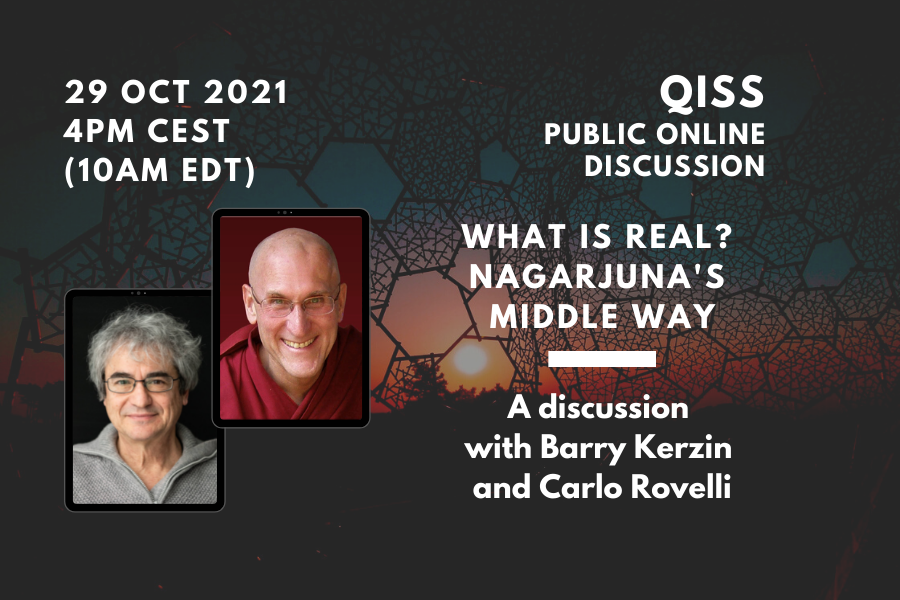A Classical (Local) Account of The Aharonov-Bohm Effect
It is frequently stated that the electromagnetic vector potential acquires a fundamental role in quantum physics, whereas classically it only represents a convenient, but by no means necessary, way of representing the electromagnetic field. Here we argue that this is a historical accident due to the fact that the electromagnetic field was discovered before photons, while the electron itself was discovered first as a particle, before it became clear that it must also be treated as a wave and therefore as an excitation of the underlying electron field. We illustrate the fact that the vector potential ought to play a fundamental role classically using the Aharonov-Bohm effect. This effect is considered as the strongest argument for the role the vector potential plays in quantum physics, however, here we offer a fully classical account of it. This is a consequence of the fact that any account, be it classical or quantum, must involve the vector potential in order to preserve the local nature of the Aharonov-Bohm (as well as all the other) phases.

